Lighter Than A Butterfly...
Lighter than a butterfly...
More Posts from Glitches25 and Others

They r slow dancing..shhh..
![Title: Let's create a Movie for Netflix! Jason Statham is.. [choose path 1, 2 or 3)] 1. THE EDITOR 2. THE LIBRARIAN 3. THE BOOKSELLER A heroic special forces officer retires to a sleepy town to follow his true passion of setting up a... 1. Poetry Anthology 2. Public Library 3. Local Bookshop (image of our hunky hero holding his suitcase looking at a vacant shop) He settles happily into the routine of small-town life, but when the townspeople are menaced by a... 1. Greedy Billionaire 2. Corrupt Politician 3. Evil Corporation (the hero puts doen his morning coffee and looks out the window as a sinister black helicopter lands) He must combine his literary and military skills to protect his new community with the help of... 1. An attractive poet 2. A Young Borrower 3. The Bookshop Cat (The hero runs through a hail of bullets holding a novel and a machinre gun)](https://64.media.tumblr.com/7efbcba3ed34c472b189104277af5004/a6beff4b23789df2-46/s500x750/e6e4bf6e979361d438e844dc31a8c927e10bbfbe.jpg)
My cartoon for this week’s Guardian Books.
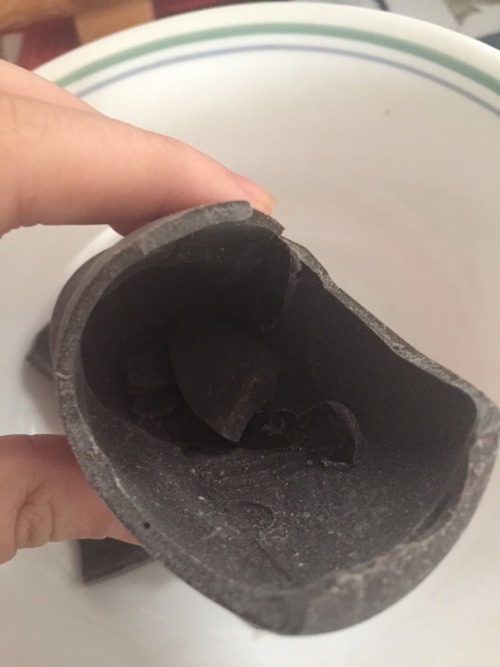
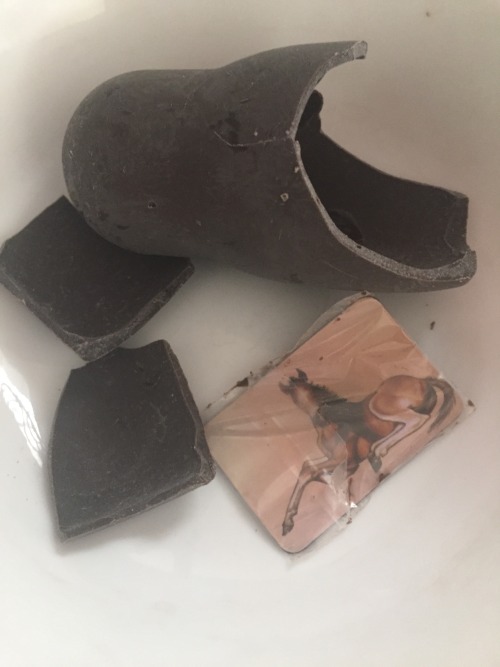
I’m eating this Russian chocolate and it made a rattling noise when I shook it and there’s a horse magnet inside???
Tewkensuchus: King of Punta Peligro
Last month we got our fourth croc of the year and our second notosuchian: Tewkensuchus salamanquensis (Forehead crocodile from the Salamanca Formation), a large-bodied sebecoid from the earliest Paleocene of Argentina. And GODDAMN is it a cool one.
Below some of the fossil material of Tewkensuchus, it doesn't look like much but stay with me for this post.

Starting with the fossil material, Tewkensuchus is admittedly not the most complete sebecid, hell Dentaneosuchus from two years ago is significantly better preserved. Essentially, Tewkensuchus preserves a bit of the skull and a few vertebrae. But the material we do have is exceptional in other ways. Like some European sebecoids, it had a high and broad sagittal crest that extends over its forehead flanked by two broad depressions. Remember the similarity to European sebecoids, thats gonna come back later. Theres also some interesting stuff in how the bony eyebrows, the palpebrals, articulate with the rest of the skull.
What is REALLY weird however is the shape of the postorbitals. Quick anatomy lesson, in crocs the postorbitals form the front corners of the skull table thats located just behind the eyes. They tend to be flat, but in the case of Tewkensuchus they are inclined so that they rise upwards behind the eyes. Now we have plenty of examples of crocodylomorphs with raised squamosals, giving them a somewhat ear-like appearance, but raised postorbitals are a new one.
Below: An artistic interpretation of Tewkensuchus featuring its unique cranial morphology by Manusuchus (give them a follow) from different angles.



One last thing on its anatomy, it was BIG. And I mean big. The team that described Tewkensuchus estimate that its complete skull might have been just over half a meter long, so some 20 inches. This might correspond to a weight of perhaps 300 kg (660 lb), larger than even the largest Cretaceous Baurusuchids.
Now, I hope you remember the part where I said that theres similarities to European sebecoids. Well that sentence has two key points the paper deals with. First of all, the connection to European forms itself. Phylogenetic analysis seems to indicate that despite being found in Patagonia, all its closest relatives are from the Eocene of Europe. These are the recently named giant Dentaneosuchus from France, Bergisuchus from Germany and Iberosuchus (I'll let you figure that one out for yourselves). So after Tewkensuchus disappears South America is inhabited by only distant cousins while its closest relatives show up some 20 million years later on the other side of the Atlantic.
The other noteworthy part of the statement is the use of "Sebecoid" rather than sebecid. That's because of taxonomic back and forth. Essentially, a few previous studies have not included European sebecoids (Bergisuchus and Iberosuchus) within the family Sebecidae, instead featuring them as a separate branch that split off beforehand. In some studies that branch is known as Bergisuchidae, in others they are two branches, you get the idea. Now the description of Dentaneosuchus for instance did away with Bergisuchidae and simply include these European forms within Sebecidae itself. Still as the basalmost members, but given the honor of being at least included. Same goes for Ogresuchus. Well, in the description of Tewkensuchus, we go back to the separate model. So Bergisuchus, Iberosuchus, Dentaneosuchus and Tewkensuchus all form a single not officially named group simply referred to as the "Eurogondwanan clade". This group was placed as the sister family to Sebecidae and together with Ogresuchus the two form the newly named Sebecoidea.
Europe's sebecoids, Dentaneosuchus (art by Joschua Knüppe), Bergisuchus (by Scott Reid) and Iberosuchus (once again Manusuchus)



And this is where we need to address the fact that Tewkensuchus creates a bunch of new problems and makes old ones worse. For starters, it's size. By all accounts its way too big. Keep in mind, this animal appeared some 2 to 3 million years after the extinction of the dinosaurs, an extinction event that is generally thought to have killed everything on land heavier than 10 kilos. And then you get Tewkensuchus with an estimated weight of 300. Well, there's two possible explanations for that. Explanation 1 hinges on the known fact that these rules don't quite apply to semi-aquatic animals. Sure, anything large on land got whiped out, but eusuchian crocodiles managed to survive quite well despite their large size in part because they were partially aquatic. So perhaps Tewkensuchus and sebecoids as a whole underwent an aquatic phase? Well, this would work quite well with what is known as the Sebecia-hypothesis. Essentially, there is some debate on the relationship between sebecids and other notosuchians. Some studies draw a link between them and the similarily terrestrial baurusuchids, placing them in the group Sebecosuchia. Other studies meanwhile believe that sebecids are most closely related to peirosaurids, which in turn are close kin to itasuchids and mahajangasuchids, with both of the latter being more semi-aquatic than other notosuchians. The problem with this is twofold. On the one hand, to my knowledge there has never been any indication that sebecids underwent an aquatic phase and even Cretaceous sebecoids like Ogresuchus from before the impact were clearly terrestrial. The other issue, as nice as this would fit with the Sebecia-hypothesis, this particular study actually recovers the Sebecosuchia model. So there's that.
Personally I don't really buy into this explanation, which takes us to the second possibility. Sebecoids got really jacked really fast. I mean, that's it really. If sebecoids didn't undergo some weird little phase that somehow excempts them from the 10 kilo rule then the only logical answer is that they must have grown to a ridiculous degree the second the dust settled. Do we have evidence for that? Well....kinda but not really no. The closest we have is the fact that Dentaneosuchus from the Eocene clearly reached an enormous size on its own, but that was over 20 million years after the impact. We do at least know that sebecoids were small prior to the KPG thanks to Ogresuchus from Spain, which grew to only a meter in length. But a sample size of one isn't exactly exact proof that all sebecoids were small prior to the impact, especially with shifting phylogenies. The paper itself argues that its most parsimonious that whatever sebecoid crossed the boundry was already fairly large, but time will tell if this holds up. Whatever the case, with a skull half a meter in length it was certainly a formidable predator and a terrifying sight to any unfortunate mammal to cross its path.
Tewkensuchus attacking a startled Monotrematum, a South American monotreme, art by Joschua Knüppe

Finally the last thing to address, paleogeography. It sucks. Moving on. Jokes aside, sebecoid geography was already a pain in the ass. Assuming the sebecosuchian model, sebecoids likely split off from baurusuchids during the Santonian. Mind you this is purely based in the first appearance of baurusuchids, since sebecoids didn't appear for quite a while. Ignoring the problematic Doratodon, the first sebecoid to appear in the fossil record is Ogresuchus in the Maastrichtian of Spain. In the Paleocene we then obviously get Tewkensuchus representing the Eurogondwana clade in Argentina as well as sebecids proper, which seem to be constrained to South America. But then in the Eocene we suddenly have sebecoids in Europe and Africa (for simplicity I'm assuming that Eremosuchus was a sebecoid rather than a sebecid as is traditional). So, how does any of this work? We don't know. I've been breaking my head over how to best explain this without just repeating the paper itself, so let me just say this. Maybe sebecoids originated in South America with baurusuchids, they managed to enter Europe at the very least once giving rise to Ogresuchus, probably via Africa given that its very much undersampled. From there who fucking knows. Maybe Ogresuchus was just one random branch and the two main groups both actually originate in South America. Maybe the Eurogondwana group emmigrating to Europe as well while sebecids proper remained. Maybe the Eurogondwana group originated in Europe and Tewkensuchus simply returned to South America, or maybe they originated in Africa and had members travel west to South America and north to Europe. Or maybe....you get the idea, we don't know. We don't know if they rafted or took land bridges (tho the latter seems more likely), we don't know where certain groups first originated in actuality, we do not know a lot and Tewkensuchus being such a blatant link between Paleocene South America and Europe, which were well separated by that point, raises so many questions.
I imagine this is what this entire last section reads like....

I wish that last segment wasn't as chaotic as it is, but like I said, its a big old confusing mess and it gives me a headachse just thinking about it. So for the time being, its simplest to assume that they split from baurusuchids in South America and then some stuff happened we don't understand. Personally, I'm very much putting my trust in Africa here, I am 100% convinced that some very important stuff went down that we just haven't found yet. But thats just me.
🌿 Did you know? In the early 1970s, Congress passed three of our most important environmental laws—the National Environmental Protection Act, Clean Air Act, and Endangered Species Act—with overwhelming bipartisan support.

💧 The Clean Water Act faced a tougher path to passage. President Nixon vetoed it—but public support was so strong, Congress overrode the veto the very next day!
🤔 Why did these landmark laws have such strong bipartisan support back then?
🔥In the late ’60s and early ’70s, the environment was in crisis—rivers burned, oil spills made headlines, and smog filled the air. Rachel Carson’s Silent Spring (1962) had helped spark a national movement, and public pressure pushed lawmakers from both parties to act, protecting our air, water, and wildlife.
🌎 Today, we’re facing a new kind of crisis—these and other essential environmental laws that for decades have protected our health, communities, and wildlife are under attack.
📢 But if this history teaches us anything, it’s this: our voices are our power—and when we speak up together, we can have an impact!
✊ Now, more than ever, your voice is needed! This Earth Month, join us in urging Congress to protect our essential environmental laws! Click here to take action today!
I'm so sad this blew down in the high winds, but one of my neighbor's redwood trees had an albino branch!




Even the wood was lighter. So pretty.


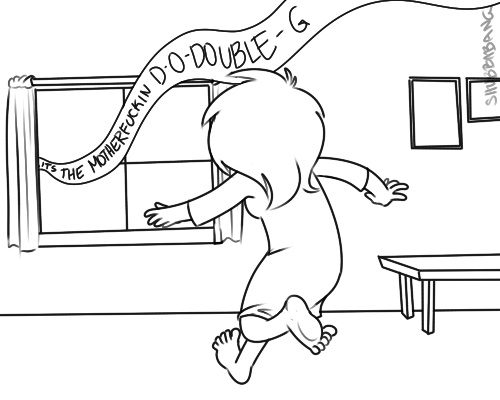
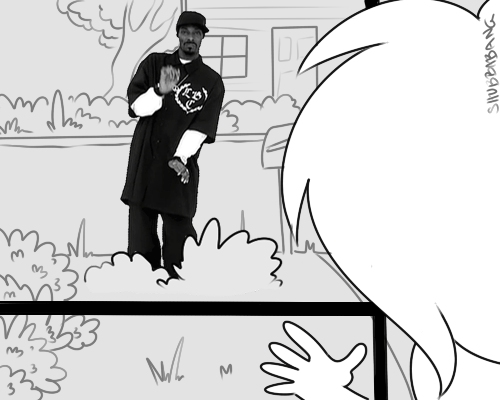
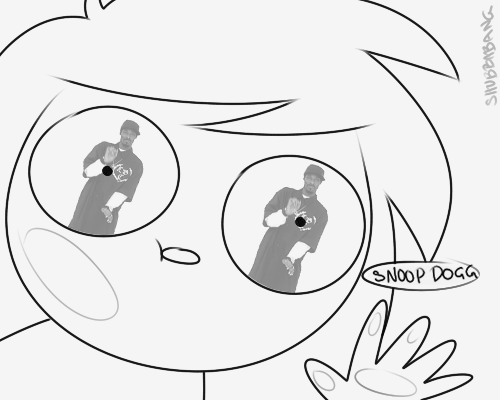
happy 420 and day i reserve a spot in hell

idle animations like this annoyingly







Dorothy picture book art


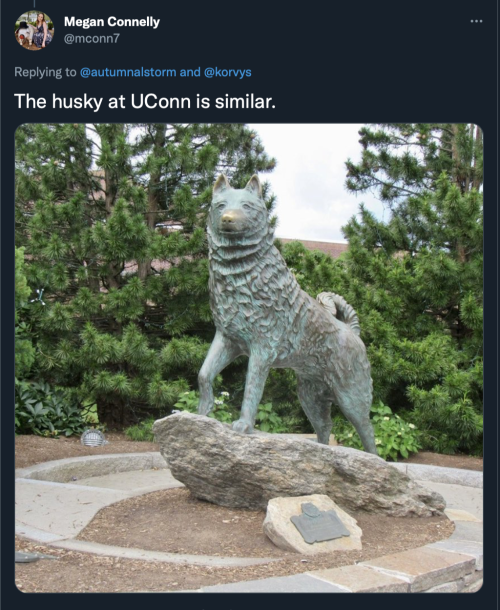
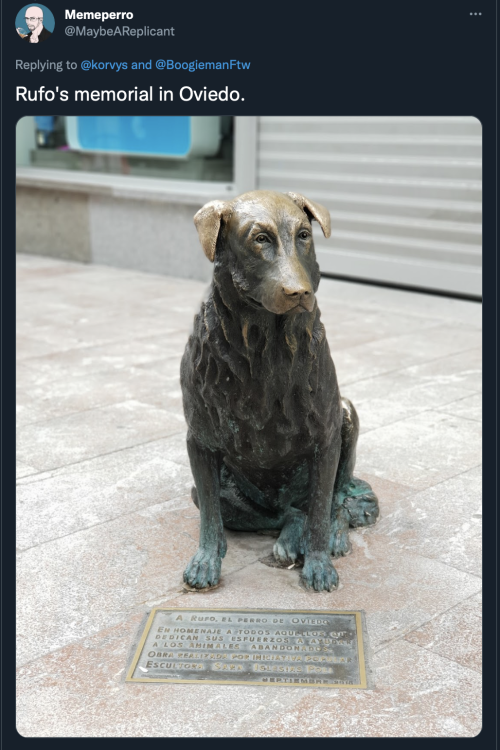






Via @korvys (Twitter)
-
 loriasui liked this · 1 week ago
loriasui liked this · 1 week ago -
 fluffpups liked this · 1 week ago
fluffpups liked this · 1 week ago -
 tigirl-and-co reblogged this · 1 week ago
tigirl-and-co reblogged this · 1 week ago -
 tigirl-and-co liked this · 1 week ago
tigirl-and-co liked this · 1 week ago -
 jeebssred liked this · 1 week ago
jeebssred liked this · 1 week ago -
 selvepnea reblogged this · 1 week ago
selvepnea reblogged this · 1 week ago -
 selvepnea liked this · 1 week ago
selvepnea liked this · 1 week ago -
 anglodrake liked this · 1 week ago
anglodrake liked this · 1 week ago -
 littlerayshotwheels liked this · 1 week ago
littlerayshotwheels liked this · 1 week ago -
 aerinalanna reblogged this · 1 week ago
aerinalanna reblogged this · 1 week ago -
 without-a-box reblogged this · 1 week ago
without-a-box reblogged this · 1 week ago -
 findsomeoneelse reblogged this · 1 week ago
findsomeoneelse reblogged this · 1 week ago -
 vorejuiceguzzler reblogged this · 1 week ago
vorejuiceguzzler reblogged this · 1 week ago -
 watterson-hobbes reblogged this · 1 week ago
watterson-hobbes reblogged this · 1 week ago -
 marriedtoabed liked this · 1 week ago
marriedtoabed liked this · 1 week ago -
 cheloneuniverse liked this · 1 week ago
cheloneuniverse liked this · 1 week ago -
 deangirldisease reblogged this · 1 week ago
deangirldisease reblogged this · 1 week ago -
 deangirldisease liked this · 1 week ago
deangirldisease liked this · 1 week ago -
 revenantluvr liked this · 1 week ago
revenantluvr liked this · 1 week ago -
 sunshinetidings liked this · 2 weeks ago
sunshinetidings liked this · 2 weeks ago -
 towersofviolet reblogged this · 2 weeks ago
towersofviolet reblogged this · 2 weeks ago -
 246bce reblogged this · 2 weeks ago
246bce reblogged this · 2 weeks ago -
 forkroid liked this · 2 weeks ago
forkroid liked this · 2 weeks ago -
 derpesion liked this · 2 weeks ago
derpesion liked this · 2 weeks ago -
 mysral liked this · 2 weeks ago
mysral liked this · 2 weeks ago -
 stardropjelly liked this · 2 weeks ago
stardropjelly liked this · 2 weeks ago -
 colorfulfireworks reblogged this · 2 weeks ago
colorfulfireworks reblogged this · 2 weeks ago -
 wherethesaladthingsare liked this · 2 weeks ago
wherethesaladthingsare liked this · 2 weeks ago -
 doubledarwinaward liked this · 2 weeks ago
doubledarwinaward liked this · 2 weeks ago -
 wdya liked this · 2 weeks ago
wdya liked this · 2 weeks ago -
 lonalike liked this · 2 weeks ago
lonalike liked this · 2 weeks ago -
 kaiba-enthusiast reblogged this · 2 weeks ago
kaiba-enthusiast reblogged this · 2 weeks ago -
 kaiba-enthusiast liked this · 2 weeks ago
kaiba-enthusiast liked this · 2 weeks ago -
 reinaldeisf0rd liked this · 2 weeks ago
reinaldeisf0rd liked this · 2 weeks ago -
 rwbyrose343 reblogged this · 2 weeks ago
rwbyrose343 reblogged this · 2 weeks ago -
 rwbyrose343 liked this · 2 weeks ago
rwbyrose343 liked this · 2 weeks ago -
 virtuallee liked this · 2 weeks ago
virtuallee liked this · 2 weeks ago -
 kaxen reblogged this · 2 weeks ago
kaxen reblogged this · 2 weeks ago -
 willowrosenblog liked this · 2 weeks ago
willowrosenblog liked this · 2 weeks ago -
 silverandebony reblogged this · 2 weeks ago
silverandebony reblogged this · 2 weeks ago -
 lunar-lumi liked this · 2 weeks ago
lunar-lumi liked this · 2 weeks ago -
 girl-of-braids reblogged this · 2 weeks ago
girl-of-braids reblogged this · 2 weeks ago -
 happytobehereinhell liked this · 2 weeks ago
happytobehereinhell liked this · 2 weeks ago -
 teddy768 liked this · 2 weeks ago
teddy768 liked this · 2 weeks ago -
 storebought-taterthot liked this · 2 weeks ago
storebought-taterthot liked this · 2 weeks ago -
 chaifighter liked this · 2 weeks ago
chaifighter liked this · 2 weeks ago -
 cringefailmonstergirlhusband liked this · 2 weeks ago
cringefailmonstergirlhusband liked this · 2 weeks ago -
 alsoanyways liked this · 2 weeks ago
alsoanyways liked this · 2 weeks ago -
 bdigfreakingwooper reblogged this · 2 weeks ago
bdigfreakingwooper reblogged this · 2 weeks ago -
 bdigfreakingwooper liked this · 2 weeks ago
bdigfreakingwooper liked this · 2 weeks ago